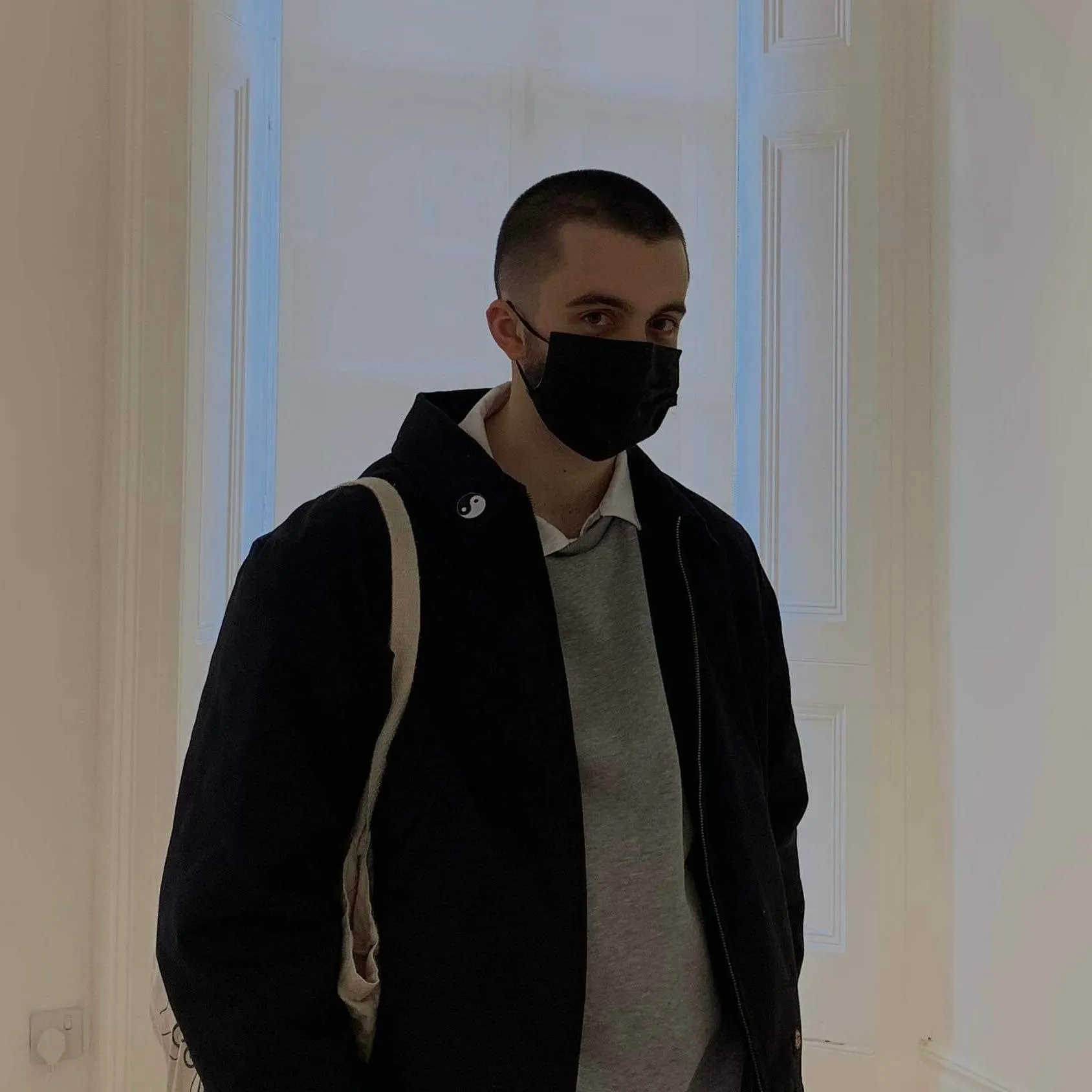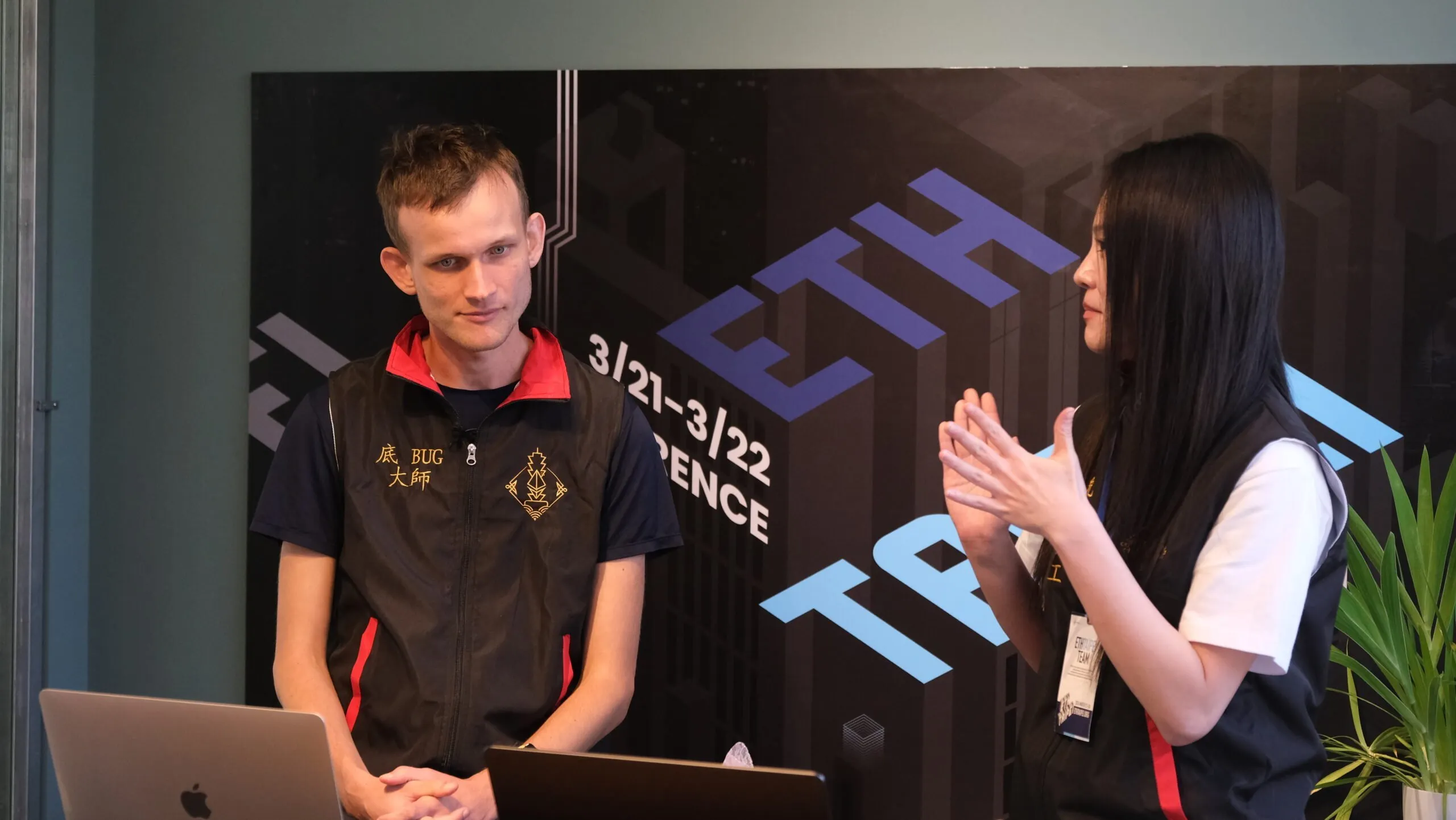We need an open decentralized (operator-free, governance-free) protocol for quickly moving assets from one L2 to another, and for that to be integrated into wallets' default sending interface.
Get the basics done before getting too committed to any fancy toys.
— vitalik.eth (@VitalikButerin) May 21, 2024
Coin Prices
BTC
$91,299.00
-1.07%ETH
$3,111.62
-1.65%XRP
$2.05
-2.22%BNB
$905.17
-0.33%SOL
$138.31
-3.65%USDC
$0.999797
-0.00%TRX
$0.29921
0.04%STETH
$3,108.80
-1.76%DOGE
$0.137026
-3.38%FIGR_HELOC
$1.038
2.13%ADA
$0.387349
-3.76%BCH
$623.66
-3.77%WSTETH
$3,808.77
-1.72%XMR
$642.16
9.66%WBT
$54.88
-2.10%WBTC
$91,158.00
-1.15%WBETH
$3,385.14
-1.67%WEETH
$3,379.05
-1.68%USDS
$0.99962
-0.00%LINK
$13.10
-2.82%BSC-USD
$0.998688
0.01%LEO
$9.07
0.67%WETH
$3,112.58
-1.64%XLM
$0.220377
-3.41%CBBTC
$91,217.00
-1.15%SUI
$1.76
-4.20%ZEC
$399.07
-3.27%USDE
$1.00
0.11%LTC
$76.21
-4.42%AVAX
$13.58
-4.23%HYPE
$24.19
-3.63%CC
$0.141443
-5.40%SHIB
$0.00000842
-3.26%HBAR
$0.115354
-3.91%WLFI
$0.169744
0.91%SUSDS
$1.084
0.11%USDT0
$0.998906
-0.00%TON
$1.73
-2.10%CRO
$0.099504
-2.40%SUSDE
$1.21
0.02%PYUSD
$1.00
0.01%USD1
$0.999009
-0.07%UNI
$5.37
-3.58%DOT
$2.06
-4.01%MNT
$0.95016
-4.29%RAIN
$0.00869387
-3.73%M
$1.68
2.18%TAO
$279.41
-3.92%AAVE
$166.86
-2.50%BGB
$3.57
1.72%PEPE
$0.00000575
-3.71%XAUT
$4,593.47
0.54%OKB
$111.18
-0.81%NEAR
$1.69
-3.99%USDF
$0.997366
0.05%JITOSOL
$173.73
-3.37%ETC
$12.35
-2.54%WETH
$3,110.90
-1.74%PAXG
$4,606.76
0.68%BUIDL
$1.00
0.00%PI
$0.205966
-1.59%ICP
$3.14
-2.83%ENA
$0.214325
-9.06%ASTER
$0.694865
-3.88%SOL
$138.47
-3.42%POL
$0.15119
-6.88%HTX
$0.0000017
-0.44%JLP
$4.77
-1.75%BNSOL
$151.36
-3.41%USYC
$1.11
0.00%USDG
$0.999631
0.00%WLD
$0.558732
-5.03%KCS
$11.15
1.20%PUMP
$0.00241442
-1.12%SYRUPUSDC
$1.15
0.04%RLUSD
$0.999633
-0.02%APT
$1.78
-2.00%WBNB
$905.23
-0.36%BFUSD
$0.998241
0.00%SKY
$0.056591
-5.39%HASH
$0.02434074
-1.87%RETH
$3,595.55
-1.57%USDC
$0.999646
-0.01%KAS
$0.04685011
-1.90%ONDO
$0.390134
-4.28%ATOM
$2.52
-4.31%RENDER
$2.34
-9.85%GT
$10.30
-0.31%ARB
$0.202489
-3.91%ALGO
$0.130035
-3.40%RSETH
$3,303.27
-1.69%MYX
$5.93
6.74%NIGHT
$0.066223
-8.52%FIL
$1.46
-2.69%TRUMP
$5.37
-2.35%QNT
$72.54
-3.76%WSTETH
$3,795.71
-1.77%IP
$2.89
18.00%LBTC
$91,515.00
-0.84%FBTC
$91,093.00
-0.84%VET
$0.01130849
-4.75%SOLVBTC
$91,752.00
-0.34%NEXO
$0.955499
-1.56%FLR
$0.01132272
0.55%USDD
$0.998393
-0.03%BONK
$0.00001023
-5.63%XDC
$0.04612815
-2.80%JAAA
$1.022
0.05%USDTB
$1.00
0.04%METH
$3,367.90
-1.74%LSETH
$3,258.28
-2.00%OUSG
$113.94
0.02%USTB
$10.95
0.01%WM
$0.999777
0.11%SEI
$0.118745
-3.69%USDC.E
$0.999627
0.00%PENGU
$0.01179494
-5.60%WBTC
$91,123.00
-1.14%CLBTC
$91,345.00
-0.98%MORPHO
$1.29
-2.74%EZETH
$3,326.19
-1.57%BDX
$0.090988
7.07%STX
$0.379082
-2.70%USDY
$1.11
0.86%JUPSOL
$160.94
-3.64%JUP
$0.207895
-4.59%USDAI
$1.00
-0.05%SYRUPUSDT
$1.11
0.01%WFLR
$0.0113257
0.72%FET
$0.2821
-8.63%CAKE
$1.95
-2.16%OSETH
$3,306.06
-1.39%WETH
$3,110.77
-1.65%VIRTUAL
$0.95958
-10.33%DAI
$0.999885
0.01%OP
$0.312013
-5.50%XTZ
$0.559208
-4.15%EUTBL
$1.22
0.05%CRV
$0.397179
-2.78%WETH
$3,112.77
-1.59%KHYPE
$24.45
-3.51%CHZ
$0.054068
10.25%USD0
$0.986652
-0.46%TBTC
$91,401.00
-1.08%SPX
$0.582638
-3.17%DASH
$41.73
8.27%LIT
$2.09
-20.44%LDO
$0.612402
-5.82%AERO
$0.56234
-5.00%INJ
$5.07
-5.07%GTETH
$3,108.87
-1.77%GHO
$0.999575
-0.06%TUSD
$0.998558
0.13%FDUSD
$0.99912
-0.02%FLOKI
$0.00005067
-3.52%ETHFI
$0.728544
-4.63%MSOL
$187.09
-3.52%FTN
$1.089
0.14%TIA
$0.532697
-6.69%LIQUIDETH
$3,360.44
-0.93%STEAKUSDC
$1.11
0.01%SYRUP
$0.390744
-3.29%ETHX
$3,355.88
-1.57%GRT
$0.04077935
-5.20%CBETH
$3,487.30
-1.56%JASMY
$0.00865413
-5.72%AB
$0.00445942
-0.17%SBTC
$90,850.00
-0.24%BTT
$0.00000042
-1.71%STRK
$0.081176
-3.31%USDB
$1.008
0.68%WAPE
$0.20317
-4.27%STKAAVE
$165.35
-2.92%2Z
$0.116767
0.05%IOTA
$0.095454
-5.67%JST
$0.04075188
1.58%SUN
$0.02067614
0.05%RIVER
$20.15
16.21%CFX
$0.074978
-2.92%ENS
$10.14
-3.72%WSTX
$0.383999
1.08%BSV
$19.18
-3.58%PYTH
$0.064819
-4.99%WIF
$0.370683
-4.82%GNO
$140.66
-0.62%FARTCOIN
$0.366544
-6.84%NFT
$0.00000037
0.10%XCN
$0.00859241
-7.56%TWT
$0.875881
-0.64%CRVUSD
$0.999502
0.03%CUSD
$1.001
0.08%PENDLE
$2.12
-4.02%EURC
$1.17
-0.01%KAIA
$0.060876
-5.76%BTC.B
$91,182.00
-1.37%TEL
$0.00371698
-3.86%KAU
$147.79
0.46%OHM
$21.50
-0.65%DOGE
$0.137048
-3.32%CTM
$0.079897
-38.51%JTRSY
$1.091
0.03%PIPPIN
$0.341964
-4.67%USR
$1.001
0.14%GLM
$0.335283
9.15%WSTUSR
$1.13
0.05%SAVAX
$16.89
-4.18%GALA
$0.00693616
-4.12%KAG
$85.75
2.63%VSN
$0.090283
1.30%H
$0.173366
3.40%XPL
$0.153145
-7.17%BUSD
$1.002
0.45%S
$0.081946
-5.13%EETH
$3,112.50
-1.56%RAY
$1.15
-5.76%SAND
$0.114645
-3.61%USX
$0.999323
-0.00%UBTC
$91,163.00
-1.22%WEETH
$3,375.79
-1.49%ZRO
$1.46
-4.22%THETA
$0.291875
-3.93%BAT
$0.192772
-1.67%ZK
$0.03326084
-4.47%WETH
$3,108.08
-1.73%DCR
$16.35
0.38%MERL
$0.256013
-1.66%FRAX
$0.992519
-0.07%ASBNB
$959.35
-0.42%CMETH
$3,371.47
-1.51%GTBTC
$91,550.00
-1.05%A
$0.168621
-3.64%B
$0.271437
-3.01%ZBCN
$0.00277156
-4.31%BBTC
$91,259.00
-0.00%NEO
$3.73
-4.53%MANA
$0.136008
-5.71%FRXETH
$3,106.87
-1.59%WETH
$3,106.10
-1.79%MWC
$23.14
-1.27%STABLE
$0.0142251
-2.13%ULTIMA
$6,758.27
-1.92%BBSOL
$156.54
-3.29%SUSDAI
$1.062
-0.04%COMP
$26.09
-1.97%WSTETH
$3,809.58
-1.69%BORG
$0.253932
-3.98%UDS
$2.42
-3.51%MON
$0.02282853
-6.40%
